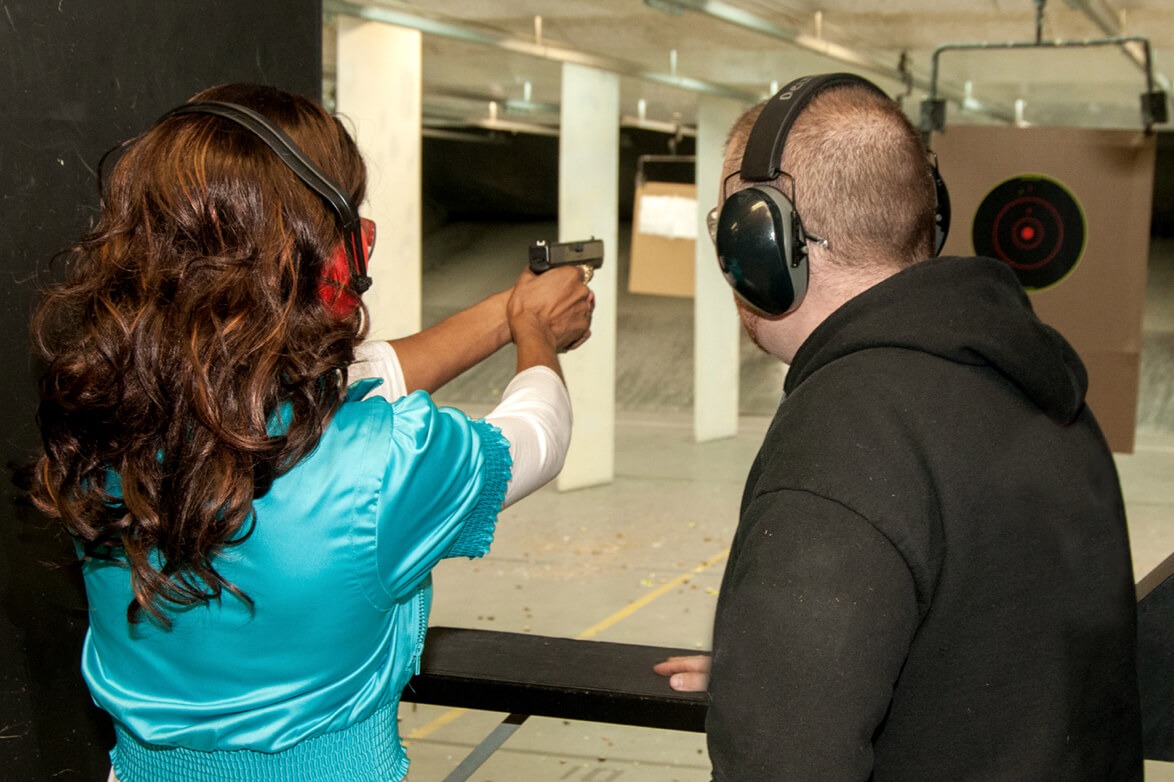 Back to News
Back to News
February 1, 2016
Smart Guns, Dumb Survey
A new survey conducted by the gun control advocates at the Johns Hopkins Bloomberg School of Public Health is being widely cited by media outlets as proof that there is a strong consumer demand for firearms equipped with authorized-user technology, so-called smart guns. What’s not being reported by main stream media is that the “study” published in the American Journal of Public Health is not actually a study, but an editorial piece that provides a brief overview of a flawed survey.
While the NSSF does not oppose the development of smart gun technology, we do oppose legislative mandates that would force manufacturers to produce only such firearms. Our position is to let the market work by leaving it up to consumers to decide what type of firearm is appropriate for their own needs.
There are plenty of concerns with the nascent technology, but putting those aside for the moment, the Bloomberg study appears to have been deliberately designed to mislead the media on the actual demand for such technology. The timing of the release of the “study” coincides with the reintroduction of New Jersey state Sen. Loretta Wynberger’s “smart gun” dealer mandate bill vetoed by Gov. Christie.
Of course the actual survey results are not published, but the editorial includes enough detail to see at least one major flaw with the methodology. Rather than conducting a phone survey, the gun control advocates used a web survey to assess demand for smart guns. The fact that all of their respondents are comfortable enough with new technology to participate in an online poll suggests their respondents are biased in favor of technology in other areas as well, including smart guns. The 2013 NSSF survey was a national phone survey of 1,200 adults by McKeon & Associates, which included landline and mobile phones. Not surprisingly, the broader audience indicated a dramatically lower demand.
The Bloomberg survey takes issue with the NSSF findings, arguing our design led to “underestimates of Americans’ willingness to purchase smart guns.” To help alleviate their concerns, we have publicly posted our survey questions and full results.
The authors also naively speculate that manufacturers “have been slow to invest in research and development of childproof guns, perhaps because of interest group pressure, but possibly because they misunderstand the depth of public interest in safer handguns.” What they fail to note is that manufacturers and government research entities have spent millions since the 1990s on research, yet due to significant technological challenges, the technology remains far from ready for the commercial market. It is annoying when technology on a smart phone or a programmable thermostat fails. It could be far more dangerous for smart gun technology or battery power to fail when it is needed. Firearms must be reliable.
The Bloomberg questions themselves appear to introduce significant bias as well. The NSSF survey found a lack of familiarity with the technology. Asked “How familiar are you with efforts to develop a firearm that will only fire for a specific authorized person(s)?”, only 20 percent of respondents said they were very or somewhat familiar with the concept of “smart gun” technology. When told that such firearms would incorporate biometric or radio frequency identification (RFID) with an activation system that would rely on battery power, 74 percent of respondents said that these firearms would not be reliable at all or very reliable. Only 16 percent thought “smart guns” would be very or somewhat reliable.
There is no indication the Bloomberg survey provided any information about the technology, a necessary step when 80 percent of the population is not familiar with it.
There is also no indication of whether the Bloomberg survey asked respondents how much extra they would be willing to pay as a premium for such technology. This is a key indicator of what the market might actually look like and separates the respondents who think it’s a nice idea, but they still wouldn’t buy it, and those that may actually act on their interest. NSSF’s survey found that a majority would not pay any premium over the cost of other firearms on the market.
Perhaps most disturbing is the suggestion that any of the technology under development would render a firearm “childproof.” By asking respondents about their interest in “childproof” guns, the survey is all but guaranteed to generate high support for such technology. It’s actually surprising the respondents didn’t unanimously express interest in the fantasy of childproof firearms. Even childproof caps on medications are actually just child-resistant. If a gun owner abandons the basic safe storage practices and leaves a smart gun out and loaded where children or other unauthorized users could access it relying on technology which can fail, we could see an unfortunate increase in accidents.
Others have pointed out that the authors are anything but experts on guns. It is unclear why the research of experts in “dietary patterns and behaviors,” or internal medicine has any credibility on the topic of developing sensitive, reliable technology that can withstand use in a firearm. In fact, author Stephen P. Teret was precluded by a court from offering expert opinion testimony in an unsuccessful 1998 lawsuit in California against a firearm manufacturer filed by the Brady Center that claimed a pistol was defectively designed because it was not equipped with smart gun technology. The court found Mr. Teret, who holds a B.A. in English and a Masters in Public Health earned in 10 months has never designed any product or component, let alone a safe and reliable “smart gun” was unqualified to offer any expert testimony.
It’s clear that Bloomberg is getting a high rate of return out of his Public Health School investment. What’s not clear is why an academic journal would publish such an “editorial” with no effort to seek the truth.
Categories: Featured, Government Relations, Media Inaccuracies, Top Stories









